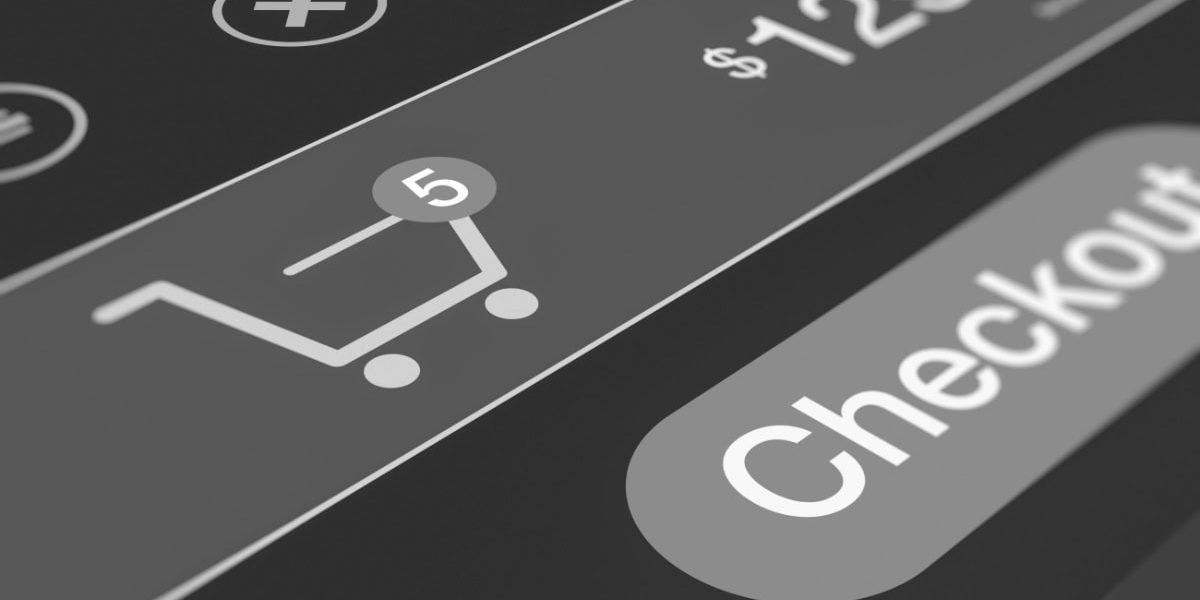Here’s a number most stores ignore
Around 70% of online shoppers add items to their cart and never complete the purchase. Not because your product isn’t great—but because life gets in the way. Kids need something. The phone rings. The dog barks. They choose to “think about it” and then forget.
If you run an e-commerce store, this is both a problem and an opportunity. The good news? You can recover a meaningful slice of those lost sales with one simple tool: the abandoned cart email.
What is an abandoned cart email?
It’s a friendly reminder sent to someone who added items to their cart but didn’t check out. Done right, it feels helpful—not pushy—and brings people back to complete what they started.
The mistake most brands make
When businesses panic, they tend to:
- Lead with heavy discounts right away
- Blast multiple emails within 24 hours
- Write high-pressure copy that feels desperate
This erodes trust and trains customers to wait for discounts. There’s a better way.
The 3-email sequence that works
Send a gentle, well-timed sequence that respects your customer’s attention and choices.
- Email #1: The nudge (2–3 hours after abandonment)
- Purpose: A simple reminder—people genuinely forget.
- What to include:
- Clear subject line: “You left something behind”
- Cart preview (images, names, price)
- One primary button: “Resume checkout”
- No pressure, no discount
- Keep it short and friendly.
- Email #2: The helpful reminder (24 hours later)
- Purpose: Confirm items are still available and easy to grab.
- What to include:
- Reassurance the cart’s saved
- Only direct them back to the checkout in one spot on your email.
- Optional: a brief benefit reminder (shipping speed, guarantee, reviews)
- Still no discount—focus on convenience.
- Email #3: The gentle push (3 days later)
- Purpose: Final reminder with optional incentive.
- What to include:
- “Still deciding?” tone
- A modest, time-bound offer (e.g., 10% off) if it suits your margins
- A simple coupon code auto-applied via the checkout link
- Keep urgency soft, not stressful.
A line that lowers pressure and lifts conversions
Use this sentence across your sequence:
“Not quite ready? No worries. Your items will be waiting for you.”
Why it works:
- Gives permission to wait (reduces resistance)
- Signals that you’re here to help, not to push
- Keeps the door open without urgency theater
Make sure you sound like a human
- Write like you’re texting a friend
- Use “you” language and keep the focus on their convenience
- Avoid guilt trips (“We saved this just for you!!!”) or scarcity drama
- One CTA per email; reduce decision friction
Practical tips to boost performance
- Personalize lightly: name, product names, and images
- Make sure, the link goes directly to the cart or the checkout, even better(prefer auto-apply coupons on Email #3)
- Add those all-important trust signals: returns policy, guarantees, and shipping timelines
- Ensure mobile-first design (most abandon on mobile)
- Use alt text for images and bullet points for scannability
Suggested subject lines and preview text
- Email #1
- Subject: “You left something behind”
- Preview: “Your cart’s saved—pick up where you left off.”
- Email #2
- Subject: “Ready when you are”
- Preview: “Your items are still in stock and waiting.”
- Email #3
- Subject: “Still thinking it over?”
- Preview: “Here’s 10% off to help you decide.”
Quick checklist before you launch
- Timing set: 2–3 hours, 24 hours, 3 days
- One clear CTA per email
- Cart and checkout links tested on mobile
- Coupon auto-applies in Email #3
- Friendly, low-pressure tone throughout
What 10–15% more sales looks like
Most stores don’t need more traffic—they need better recovery. With a simple, respectful abandoned cart flow, you can recover 10–15% of lost sales without over-discounting or spamming your customers. That’s real growth from people who already showed intent.
If you’re ready, you can set these up this week. Most platforms make it easy. Keep it simple, helpful, and human—and watch those “lost” orders quietly turn into revenue.

